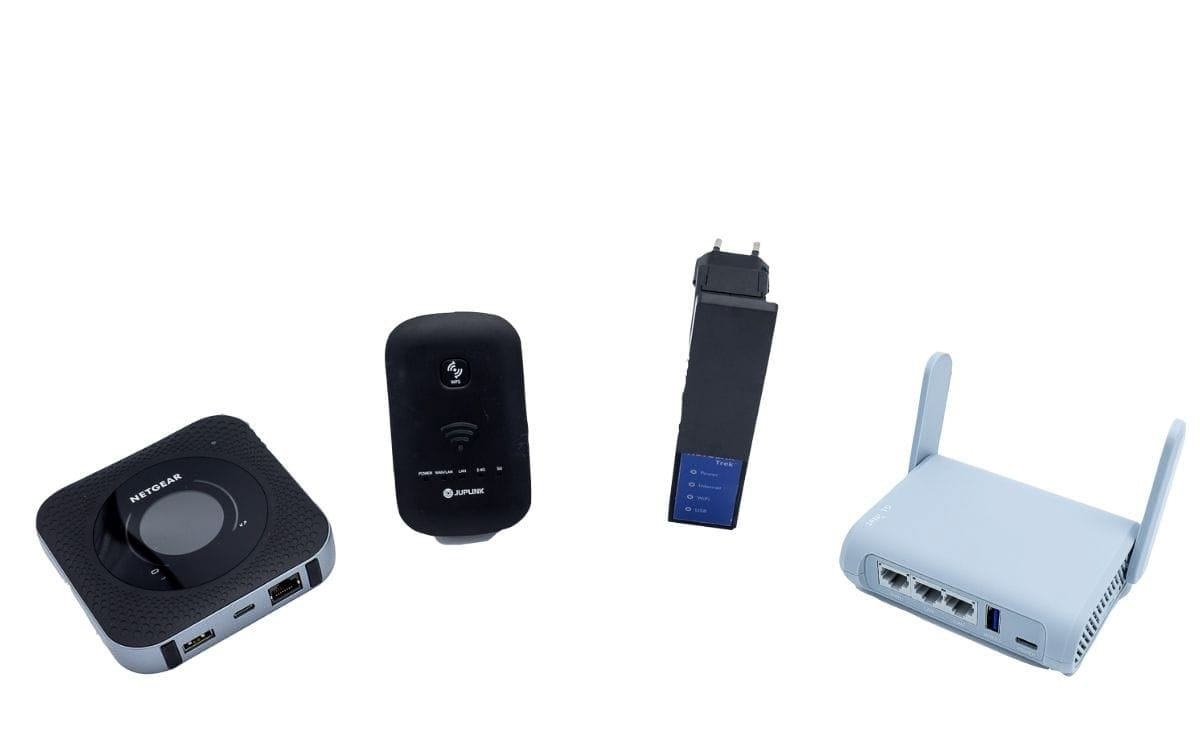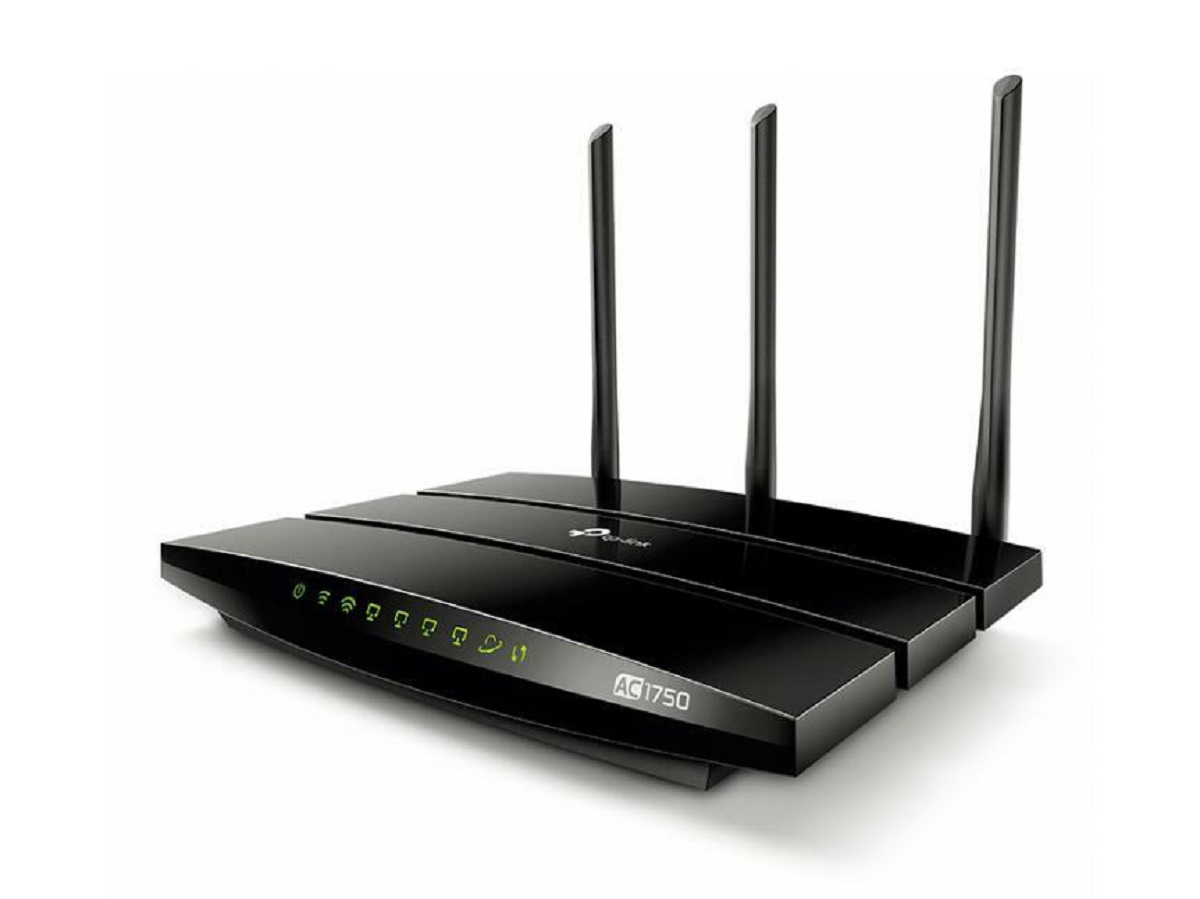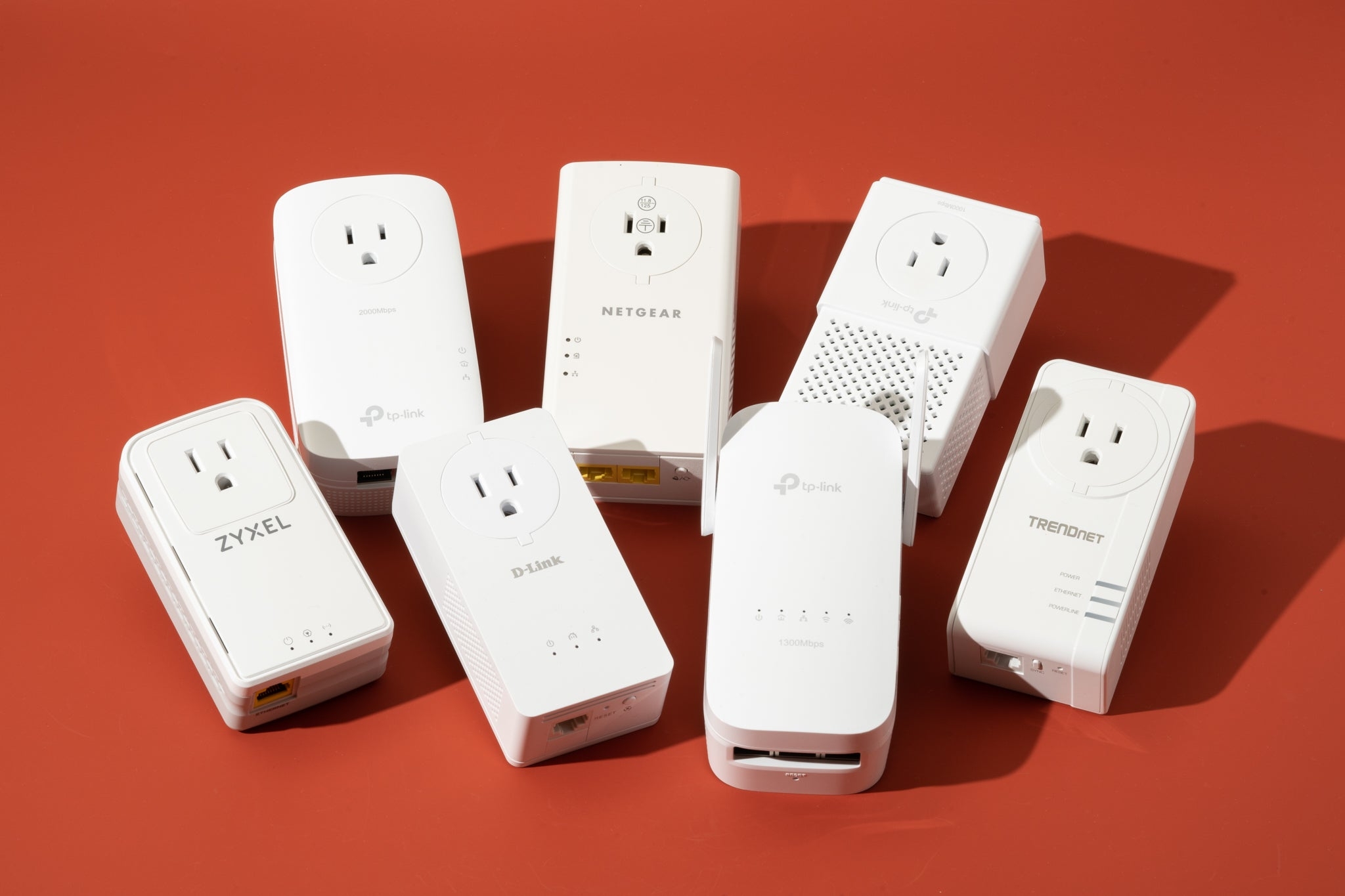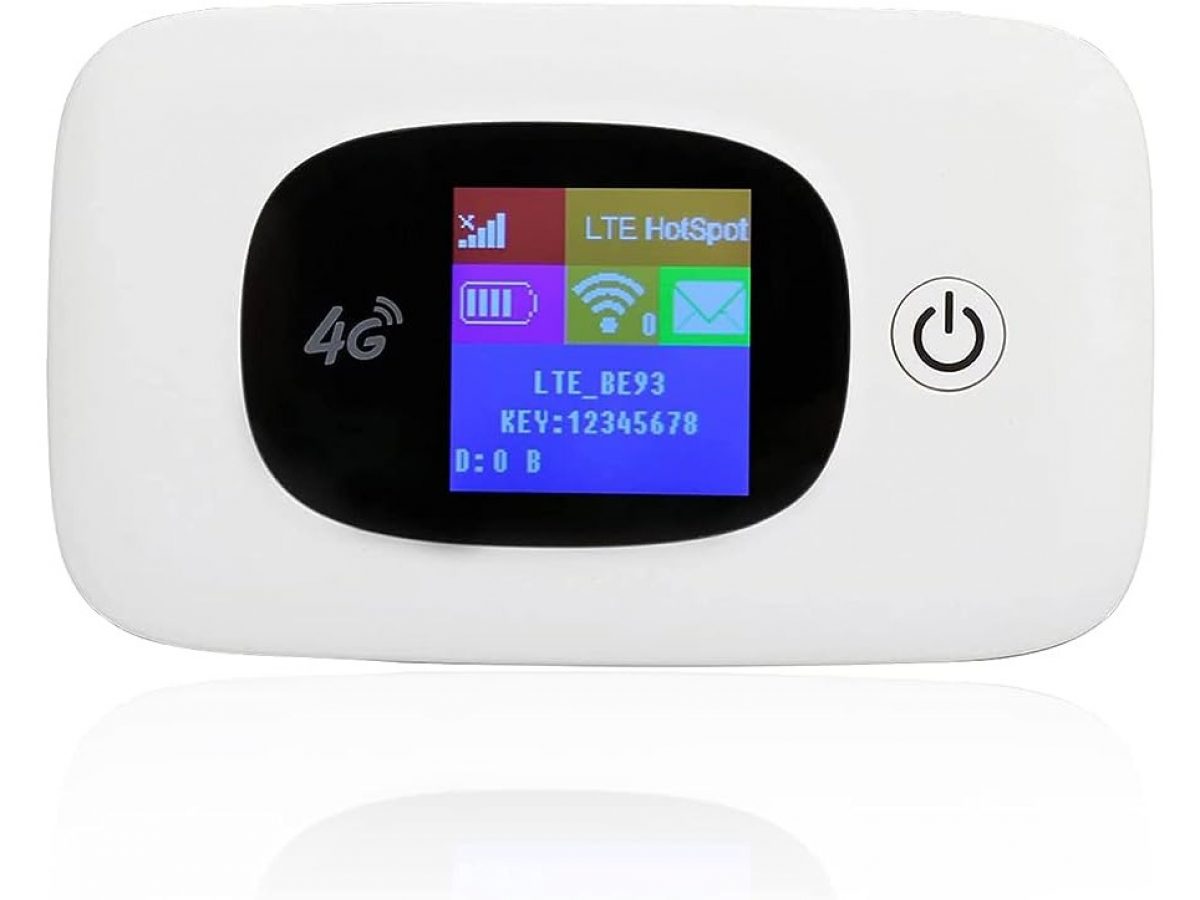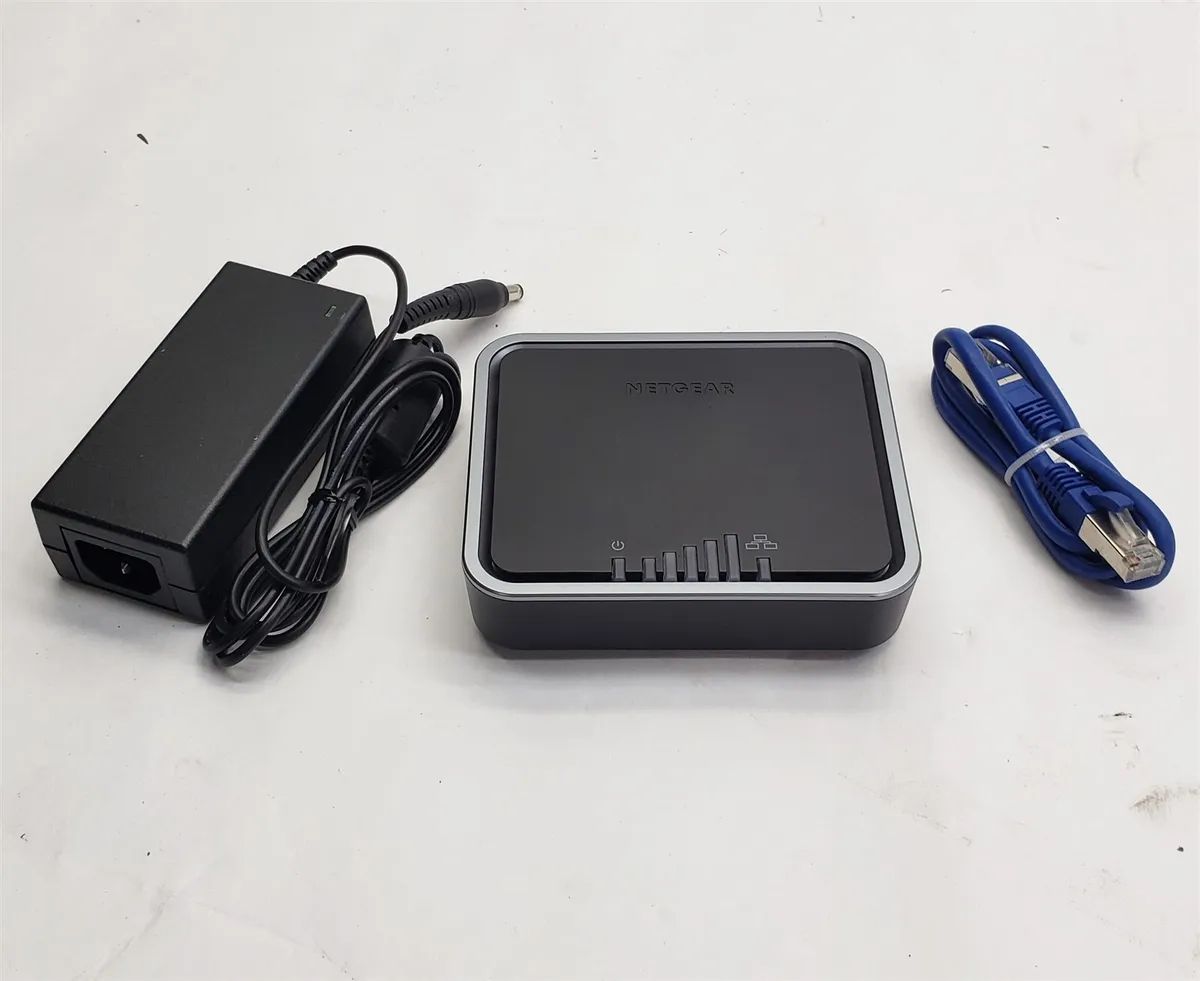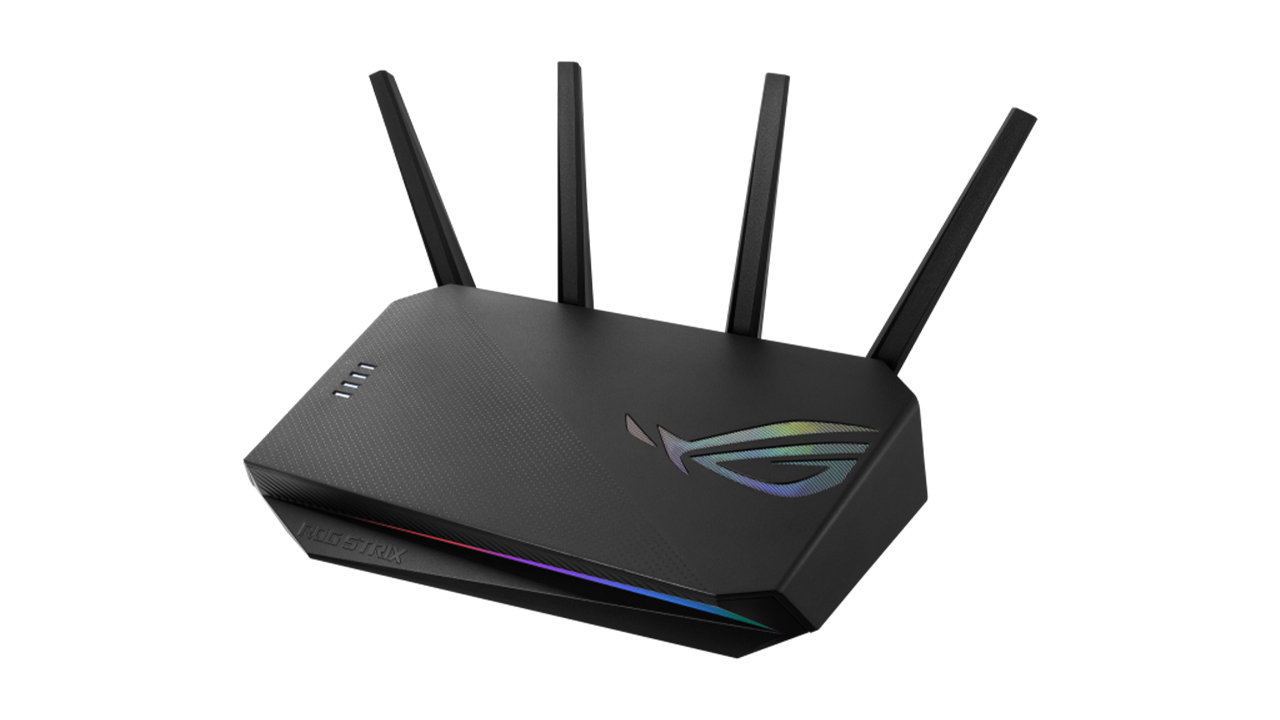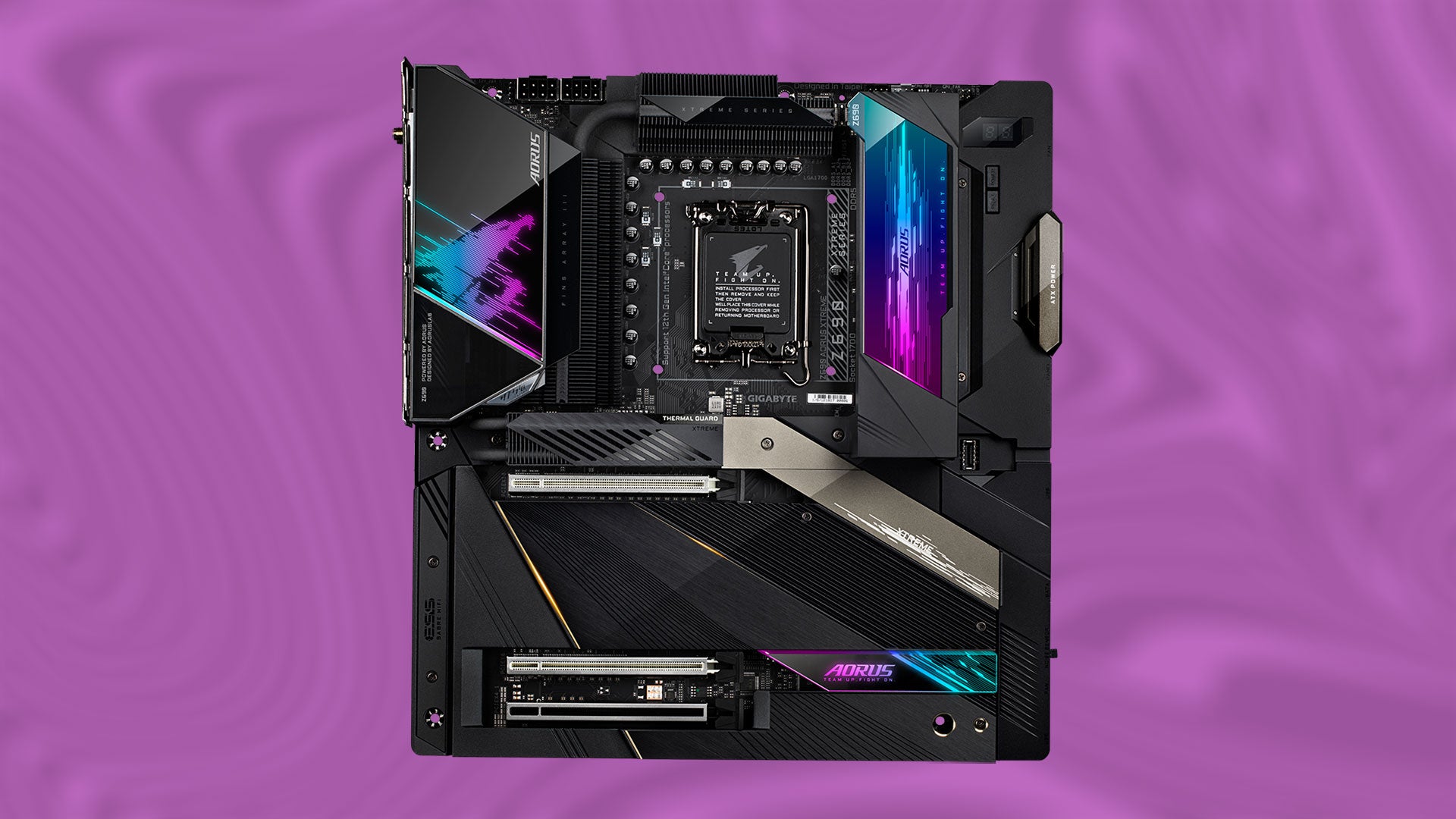Introduction
Wireless networks have dramatically transformed the way we connect to the internet and communicate with one another. Among the various technologies that enable wireless connectivity, Wifi is perhaps the most widely used and recognized. Whether at home, in offices, or public spaces, Wifi has become an essential part of our daily lives, providing convenient and hassle-free internet access.
In this article, we will explore the basics of Wifi and delve into the different standards available, namely Wifi B, G, and N. Understanding these standards will help you make informed decisions when setting up or upgrading your Wifi network, ensuring optimal performance and compatibility with devices.
Before we dive into the specifics of Wifi B, G, and N, let’s first understand what Wifi actually is and how it works. Wifi, short for Wireless Fidelity, uses radio waves to transmit and receive data wirelessly between devices, such as computers, smartphones, and tablets. Rather than relying on physical cables, Wifi allows for flexible and untethered connectivity, enabling devices to connect to the internet within the network’s range.
Wifi operates in the 2.4 GHz and 5 GHz frequency bands, offering different advantages and limitations. The 2.4 GHz band has a longer range and greater penetration through obstacles but can be susceptible to interference from other devices, such as cordless phones and microwaves. The 5 GHz band, on the other hand, provides faster speeds but with a shorter range and reduced penetration capability.
Now that we have a general understanding of Wifi, let’s explore the three main Wifi standards: Wifi B, G, and N. These standards define the capabilities and features supported by Wifi devices and play a crucial role in determining performance, speed, and compatibility.
What is Wifi?
Wifi, short for Wireless Fidelity, is a wireless networking technology that allows devices to connect to the internet and communicate with each other without the need for physical cables. It works by using radio waves to transmit data between devices within the range of a wireless network.
Wifi has revolutionized the way we access the internet, providing us with the freedom to connect our computers, smartphones, tablets, and other devices to the online world without the constraints of wires and cables. Whether we’re at home, in a coffee shop, or at the office, Wifi offers a convenient and efficient way of staying connected.
To use Wifi, you need a device with built-in wireless capabilities, such as a Wifi-enabled laptop or smartphone. These devices have wireless network adapters that can send and receive data using radio signals. The signals are transmitted from a wireless router or access point, which acts as a central hub for the Wifi network.
Wifi operates within specific frequency bands, namely 2.4 GHz and 5 GHz. The 2.4 GHz band is the most commonly used and provides better coverage and penetration through obstacles, making it suitable for larger areas. The 5 GHz band offers faster speeds but has a shorter range, making it ideal for smaller spaces or areas with high device density.
When a device wants to connect to a Wifi network, it first scans the available networks in its range. Once it finds a network, the device sends a connection request to the router or access point. If the network is secure, the device must provide the correct password or passphrase for authentication. Once authenticated, the device is granted access to the network, and it can start sending and receiving data.
With Wifi, multiple devices can connect to the same network simultaneously, allowing for seamless sharing of resources and internet access. This makes Wifi an essential technology for households, businesses, and public spaces, enabling us to connect multiple devices, stream media, browse the internet, and communicate with others wirelessly.
Wifi Standards
Wifi standards are a set of specifications that define the capabilities and features of wireless networking technologies. These standards ensure compatibility between different Wifi devices and enable seamless communication within a Wifi network. Over the years, several Wifi standards have been developed, each offering improved performance, speed, and security.
The most commonly used Wifi standards are Wifi B, G, and N. Let’s take a closer look at each of these standards:
Wifi B:
Wifi B, also known as 802.11b, was the first widely adopted Wifi standard. It operates in the 2.4 GHz frequency band and provides a maximum data transfer rate of up to 11 Mbps. Despite being slower compared to newer standards, Wifi B offers decent coverage and is compatible with older devices. However, it is less resistant to interference and has a limited number of available channels.
Wifi G:
Wifi G, or 802.11g, succeeded the Wifi B standard and quickly became popular due to its faster speeds and improved compatibility. It also operates in the 2.4 GHz frequency band but offers a maximum data transfer rate of up to 54 Mbps. Wifi G is backward compatible with Wifi B devices and provides better resistance to interference. It increased the number of available channels, reducing the likelihood of overcrowding in areas with multiple Wifi networks.
Wifi N:
Wifi N, or 802.11n, represents a significant advancement in Wifi technology. It operates in both the 2.4 GHz and 5 GHz frequency bands, offering faster speeds and greater range compared to Wifi B and G. With multiple-input and multiple-output (MIMO) technology, Wifi N can transmit and receive multiple data streams simultaneously, providing improved performance and reliability. Wifi N offers data transfer rates ranging from 300 Mbps to 600 Mbps, depending on the router and device capabilities.
It is important to note that Wifi N devices can operate in different modes, such as N-only, mixed mode, or legacy mode. The N-only mode ensures compatibility with other Wifi N devices, while mixed mode allows backward compatibility with Wifi G and B devices. Legacy mode caters to compatibility with older devices by limiting the router to slower speeds.
With the advancements in Wifi technology, newer standards like Wifi AC and Wifi 6 (802.11ac and 802.11ax) have been introduced, offering even faster speeds, greater coverage, and enhanced efficiency. However, Wifi B, G, and N remain widespread and widely supported, especially in older devices and networks.
Wifi B
Wifi B, also known as 802.11b, was one of the earliest Wifi standards to gain widespread popularity. Introduced in 1999, it operates in the 2.4 GHz frequency band and offers a maximum data transfer rate of up to 11 Mbps. While slower compared to later Wifi standards, Wifi B was a significant improvement over dial-up internet connections and enabled wireless internet access for home users and businesses.
The 2.4 GHz frequency band used by Wifi B provides better coverage and penetration through walls and other obstacles. However, it is also more prone to interference from other devices operating in the same frequency range, such as cordless phones and microwaves.
One of the limitations of Wifi B is its limited number of available channels. In densely populated areas with multiple Wifi networks, channel overcrowding can occur, leading to decreased performance and slower speeds. This issue prompted the development of the Wifi G standard, which increased the number of available channels to mitigate overcrowding.
Despite its slower speeds and limited channel availability, Wifi B remains compatible with many older devices, making it a viable option for some applications. However, in current times, Wifi B is largely outdated and has been replaced by newer Wifi standards with faster speeds and improved performance.
It’s worth noting that Wifi B devices can still connect and work within networks using subsequent Wifi standards, such as Wifi G and Wifi N. However, the overall performance of the network may be limited by the slower transfer rates of Wifi B devices.
If you have older devices that only support Wifi B, you may consider upgrading to a more recent Wifi standard to take advantage of faster speeds and better performance. Upgrading your Wifi router or access point to a newer model that supports Wifi G or N will allow you to benefit from enhanced connectivity and experience faster internet speeds.
In summary, Wifi B was the first widely adopted Wifi standard, offering wireless internet access at speeds up to 11 Mbps. While it has been surpassed by newer standards, Wifi B remains compatible with older devices and can still be used in certain scenarios. However, for optimal performance and faster speeds, upgrading to a more recent Wifi standard is recommended.
Wifi G
Wifi G, also known as 802.11g, was introduced as an improvement over the Wifi B standard. It quickly gained popularity due to its faster speeds and improved compatibility. Like Wifi B, Wifi G operates in the 2.4 GHz frequency band, making it compatible with existing Wifi B devices. However, Wifi G offers a significant upgrade with a maximum data transfer rate of up to 54 Mbps.
The increase in speed provided by Wifi G allowed for smoother video streaming, faster downloads, and improved performance in demanding applications. With Wifi G, users benefited from a more seamless and reliable wireless internet experience, making it a popular choice for households and businesses.
One of the notable advancements in Wifi G is the increase in available channels compared to Wifi B. This helped mitigate issues of overcrowding in areas with multiple Wifi networks, ensuring better network performance. Wifi G devices also continued to support older Wifi B devices, further enhancing compatibility and convenience.
The 2.4 GHz frequency band used by Wifi G offers better coverage and penetration through obstacles compared to higher frequency bands. However, this frequency range is susceptible to interference from other devices operating within it, such as cordless phones and Bluetooth devices. This interference can impact the performance of the Wifi network and reduce the achievable speeds.
While Wifi G was a significant improvement over Wifi B, it has since been surpassed by newer Wifi standards with even faster speeds and better performance. However, Wifi G remains a widely supported standard and is still used in many households and small businesses, especially in areas with lighter internet usage.
If you have older devices that only support Wifi G, it is possible to upgrade your network to a more recent Wifi standard, such as Wifi N or Wifi AC, by replacing your Wifi router or access point. This will allow you to take advantage of faster speeds and improved performance, particularly if you have devices that support the newer standards.
In summary, Wifi G offers faster speeds and improved compatibility compared to its predecessor, Wifi B. With a maximum data transfer rate of up to 54 Mbps, Wifi G provided smoother internet experiences and better performance. Although newer Wifi standards now offer even faster speeds, Wifi G is still widely used and supported, making it a viable option for many users.
Wifi N
Wifi N, also known as 802.11n, represents a significant advancement in Wifi technology, offering faster speeds, improved range, and enhanced reliability compared to its predecessors. Wifi N operates in both the 2.4 GHz and 5 GHz frequency bands, providing more flexibility and better performance in various scenarios.
One of the key features of Wifi N is its support for multiple-input and multiple-output (MIMO) technology. This means that Wifi N devices can transmit and receive multiple data streams simultaneously, resulting in increased data transfer rates and improved overall performance. Depending on the capabilities of the router and devices, Wifi N can provide data transfer rates ranging from 300 Mbps to 600 Mbps.
The use of MIMO technology enables Wifi N to offer better coverage and range compared to Wifi B and G. With the ability to transmit and receive data through multiple antennas, Wifi N can effectively mitigate signal interference and improve connectivity in areas with obstacles or long distances. This makes Wifi N ideal for larger homes, offices, and spaces with multiple devices.
Wifi N also supports channel bonding, which allows for the combination of two adjacent frequency channels to increase bandwidth and further enhance data transfer speeds. This helps alleviate congestion and deliver smoother and faster internet experiences. However, it’s important to note that proper configuration and device support are necessary to take full advantage of channel bonding.
It’s worth mentioning that Wifi N devices can operate in different modes, such as N-only, mixed mode, or legacy mode. The N-only mode ensures compatibility with other Wifi N devices and provides the highest performance. Mixed mode allows backward compatibility with devices that support Wifi G and B standards. Legacy mode ensures compatibility with older devices by limiting the speed to slower Wifi G or B rates.
While Wifi N offers significant improvements over previous Wifi standards, it has been succeeded by even faster and more efficient standards such as Wifi AC and Wifi 6 (802.11ac and 802.11ax). However, Wifi N remains widely used and supported, especially in households and small businesses that require reliable and high-speed wireless connectivity.
If you have older Wifi B or G devices, upgrading your network to Wifi N can significantly enhance your internet experience by providing faster speeds, better range, and improved reliability. Upgrading your Wifi router or access point to a Wifi N-compatible model will enable you to take advantage of these benefits and accommodate the growing number of devices in your network.
In summary, Wifi N offers faster speeds, improved range, and enhanced reliability compared to previous Wifi standards. With support for MIMO technology and channel bonding, Wifi N provides better coverage, mitigates interference, and delivers smoother internet experiences. While newer Wifi standards have since been introduced, Wifi N remains widely used and supported, making it a viable option for users seeking faster and more efficient wireless connectivity.
Comparison of Wifi B, G, and N
Wifi B, G, and N are three popular Wifi standards that have been widely used over the years. Let’s compare these standards in terms of speed, range, compatibility, and overall performance to help you understand their differences and make informed decisions when setting up or upgrading your Wifi network.
Speed:
Wifi B offers a maximum data transfer rate of up to 11 Mbps, while Wifi G provides speeds of up to 54 Mbps. Wifi N, on the other hand, offers significantly faster speeds ranging from 300 Mbps to 600 Mbps, depending on the devices and configuration. In terms of speed, Wifi N clearly outperforms both Wifi B and G.
Range:
When it comes to range, Wifi B and G typically have similar coverage capabilities within the 2.4 GHz frequency band. However, Wifi N has improved range and better penetration through obstacles due to the use of MIMO technology and the ability to operate in both the 2.4 GHz and 5 GHz frequency bands. If you require better coverage in larger spaces, Wifi N is a more suitable choice than Wifi B or G.
Compatibility:
Wifi B devices are compatible with other Wifi B devices, but they may experience limitations when connecting to Wifi G or N networks. Wifi G is backward compatible with Wifi B devices, offering better compatibility overall. On the other hand, Wifi N devices are backward compatible with Wifi G and B devices, ensuring a wider range of compatibility with older devices. If you have older devices, it’s recommended to choose a Wifi standard that offers backward compatibility.
Performance:
In terms of overall performance, Wifi N surpasses both Wifi B and G due to its faster speeds, improved range, and better reliability. With MIMO technology, Wifi N can handle multiple data streams simultaneously, resulting in more efficient data transfer. It also offers better resistance to interference and provides a smoother internet experience across multiple devices.
In summary, Wifi N offers the fastest speeds, the best range, and improved performance compared to Wifi B and G. If you prioritize speed, coverage, and compatibility, Wifi N is the optimal choice. However, if you have older devices that only support Wifi B or G, these standards can still be used, albeit with slower speeds and limited performance. Assess your specific requirements and take into account the devices you intend to connect to your Wifi network when deciding which standard to choose.
Conclusion
Wifi has revolutionized the way we connect to the internet and communicate with one another. With the evolution of Wifi standards such as Wifi B, G, and N, we have witnessed significant improvements in speed, range, compatibility, and overall performance.
Wifi B, the first widely adopted Wifi standard, provided wireless internet access at speeds up to 11 Mbps. It paved the way for Wifi G, which offered faster speeds of up to 54 Mbps and improved compatibility. Wifi N, the most recent of the three standards, introduced faster speeds ranging from 300 Mbps to 600 Mbps, improved range, and enhanced reliability with its support for MIMO technology.
When choosing a Wifi standard, consider factors such as speed, range, compatibility, and performance requirements. Wifi N is the recommended standard for users seeking faster speeds, extended range, and improved overall performance. Those with older devices should consider Wifi G or B for compatibility purposes.
It’s important to note that while Wifi N is still widely used, newer Wifi standards like Wifi AC and Wifi 6 (802.11ac and 802.11ax) have since been introduced, offering even faster speeds, greater coverage, and enhanced efficiency. However, Wifi B, G, and N continue to be viable options, especially in networks with older devices or lighter internet usage.
Ultimately, the choice of Wifi standard depends on your specific needs and the devices you plan to connect to your network. Upgrading to a newer Wifi standard can provide better performance and future-proof your network. Consider consulting with a network specialist or researching the capabilities of your devices to make an informed decision.









